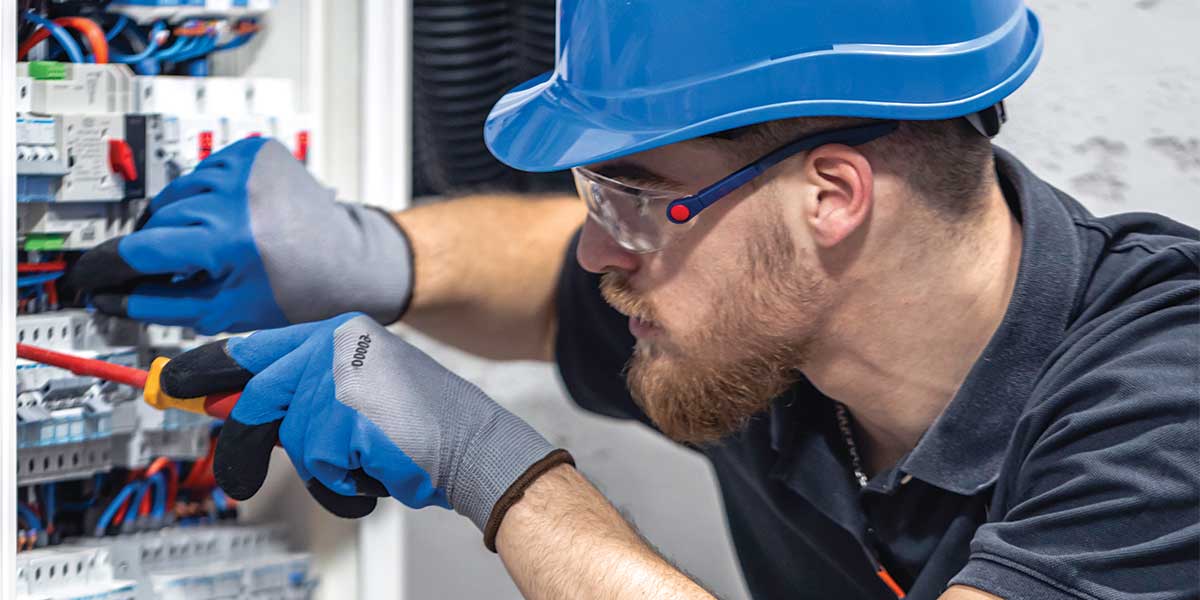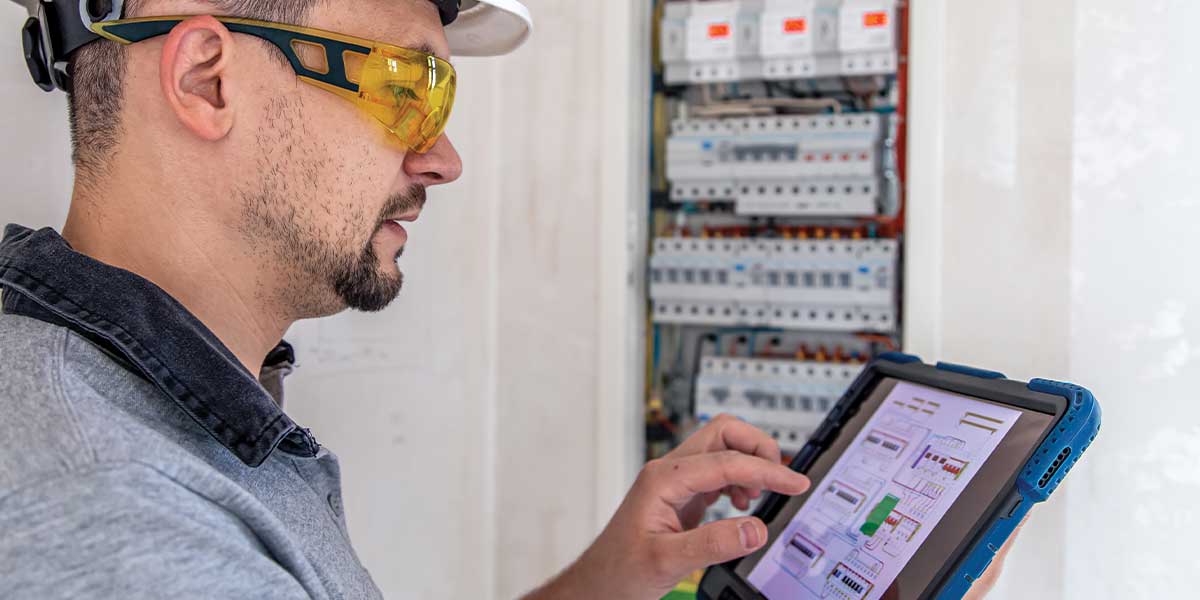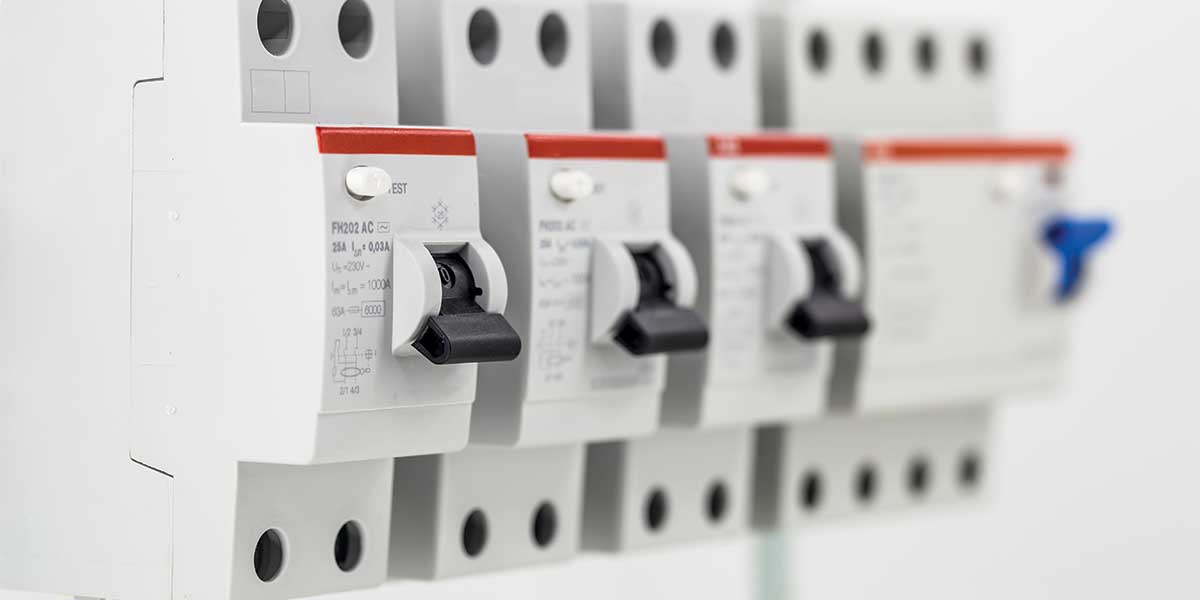At Expert Electric, we understand the importance of Power Surge Protection: How It Works in keeping your home safe and your devices protected. A power surge is a sudden spike in electrical voltage, often above the standard 120 V in North American homes, that can damage or destroy electronics.
These surges can stem from lightning strikes, utility grid disturbances, or internal events like faulty wiring or high‑power appliances turning on and off. In fact, most homes experience hundreds of potentially harmful surges every year. That’s why understanding Power Surge Protection: How It Works can help you take effective, proactive steps to safeguard your valuable equipment.
What Is a Power Surge?
A power surge, also known as a voltage spike, is a transient increase in voltage beyond the nominal 120 V (North America) or 220–240 V (elsewhere, including the Philippines). It occurs in durations from microseconds to milliseconds. While brief, even tiny surges can degrade circuit boards, shorten component lifespan, or lead to total device failure.
Common surge causes include:
- Lightning—even a nearby strike can send thousands of volts through wiring
- Utility grid events—faults or back‑feed power when service is restored
- Internal switching—air conditioners, compressors, or heavy machinery cycling on and off
Why Understanding Power Surge Protection: How It Works Matters
Even minor voltage fluctuations put stress on electronics over time, leading to premature failure. Larger events can instantly fry sensitive components. From computers, smart TVs, and home entertainment systems to HVAC units and refrigerators, many devices store important data or control operations that are vulnerable to voltage anomalies.
By understanding Power Surge Protection: How It Works, homeowners can choose proper devices, maintain their systems, and protect both personal safety and their financial investment.

How Surge Protectors Work
Core Mechanism
A typical plug‑in surge protector contains a Metal Oxide Varistor (MOV) or similar component that remains non‑conductive under normal voltage. When voltage exceeds a safe threshold (clamping voltage), the MOV lowers its resistance and shunts excess energy to ground, protecting downstream devices.
Other internal components may include:
- Gas discharge tubes (GDTs), which also divert excess voltage by ionizing gas to conduct surges safely
- Capacitors and inductors, which smooth minor voltage fluctuations
- Transient Voltage Suppression (TVS) diodes, especially in data‑line protection for their rapid response
Key Specifications
- Clamping voltage: the voltage level at which protection kicks in (lower is better, but may reduce lifespan)
- Joule rating: total energy absorption capacity (higher rating = more protection/longer life)
- Response time: usually nanoseconds, fast enough to handle most surges
Over time, MOVs degrade with each surge. Eventually, they can fail silently or catastrophically. Surge protectors with an indicator light or audible alert help monitor effectiveness.
Layers of Protection: Plug‑in vs. Whole‑Home
Plug‑in Surge Protectors
These look like power strips but contain MOVs and wiring to divert excess voltage. Ideal for protecting home electronics, entertainment centers, computers, and sensitive equipment.
Whole‑Home Surge Protectors
Installed at the breaker panel, these systems intercept surges before they spread through your home’s wiring. They provide the first line of defense, especially from external events like lightning or utility surges, and protect all circuits including major appliances and outlets.
Combined use of both layers, whole‑home device as first line and plug‑in protectors at key locations, offers robust protection.

Where and How to Use Surge Protectors
Choosing Locations
Consider safeguarding:
- Computers, routers, gaming consoles, smart TVs
- Home entertainment systems
- Refrigerators, HVAC units, washers and dryers
- Home office equipment, phone chargers, modems
Less sensitive or low‑value items (like lamps or light bulbs) may not require plug‑in protection.
Installation Tips
- Position protectors as close to devices as possible
- Avoid daisy‑chaining multiple protectors, it reduces effectiveness and increases fire risk
- Keep devices in dry, ventilated areas
- Ensure your home is properly grounded, devices won’t work without a reliable grounding system
Maintenance
- Inspect cables and housing for damage
- Replace protector if indicator light goes off or after a major power event
- Consider replacing every 3–5 years depending on surge frequency and joule capacity
FAQs
1. What is a power surge?
A surge is a brief, unexpected increase in electrical voltage, often from 120 V up to hundreds or thousands of volts—that can harm or destroy electronics if not managed.
2. How does a surge protector work?
Surge protectors detect excess voltage above a safe clamping threshold and redirect it to the ground using components like MOVs, GDTs, or TVS diodes, ensuring only a safe voltage reaches your devices.
3. What’s the difference between a power strip and a surge protector?
Power strips multiply outlets but offer no surge protection. Surge protectors do that plus include built‑in surge suppression technology
4. Should I install whole‑home surge protection?
Yes, especially if you have high‑value electronics or live in storm-prone areas. Whole‑home protection shields your entire system from incoming surges, while plug-in units protect individual devices.
5. How often should I replace a surge protector?
Replace every 3–5 years or immediately if the indicator light goes out or after a strong surge incident. The MOV degrades over time, reducing effectiveness.
6. Is it safer to unplug devices during storms?
Yes. Even with protectors, unplugging during severe thunderstorm or outage events adds extra safety, especially for TVs, routers, HVAC units, and washing machines.
Final Thought
Understanding Power Surge Protection: How It Works gives you power, not just over electricity, but over preventing damage, avoiding fire hazards, and prolonging your devices’ lifespan. At Expert Electric, we offer expert guidance, high-quality surge protection systems, and professional installation to give you peace of mind.
If you’re looking to make your home safer and more resilient against voltage spikes, investing in the right surge protection strategy is essential.
Contact Expert Electric
Have questions or ready to upgrade your home’s electrical safety? Reach out to Expert Electric:
📞 Call us: 604‑681‑8338
📧 Email: info@expertelectric.ca
Let us guide you through Power Surge Protection: How It Works and help tailor the best protective solution for your home.


